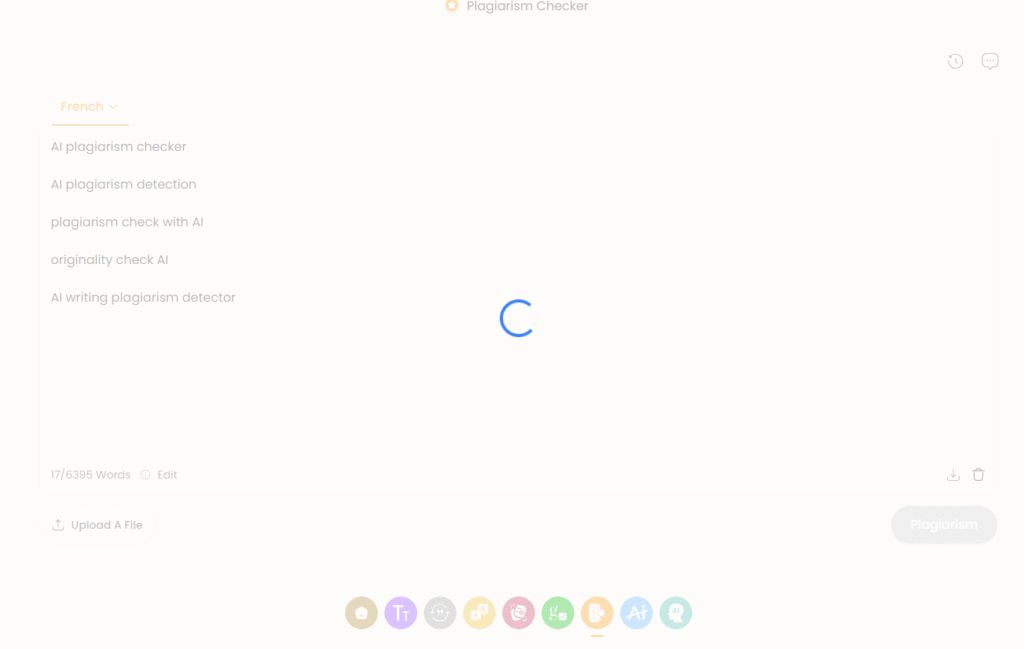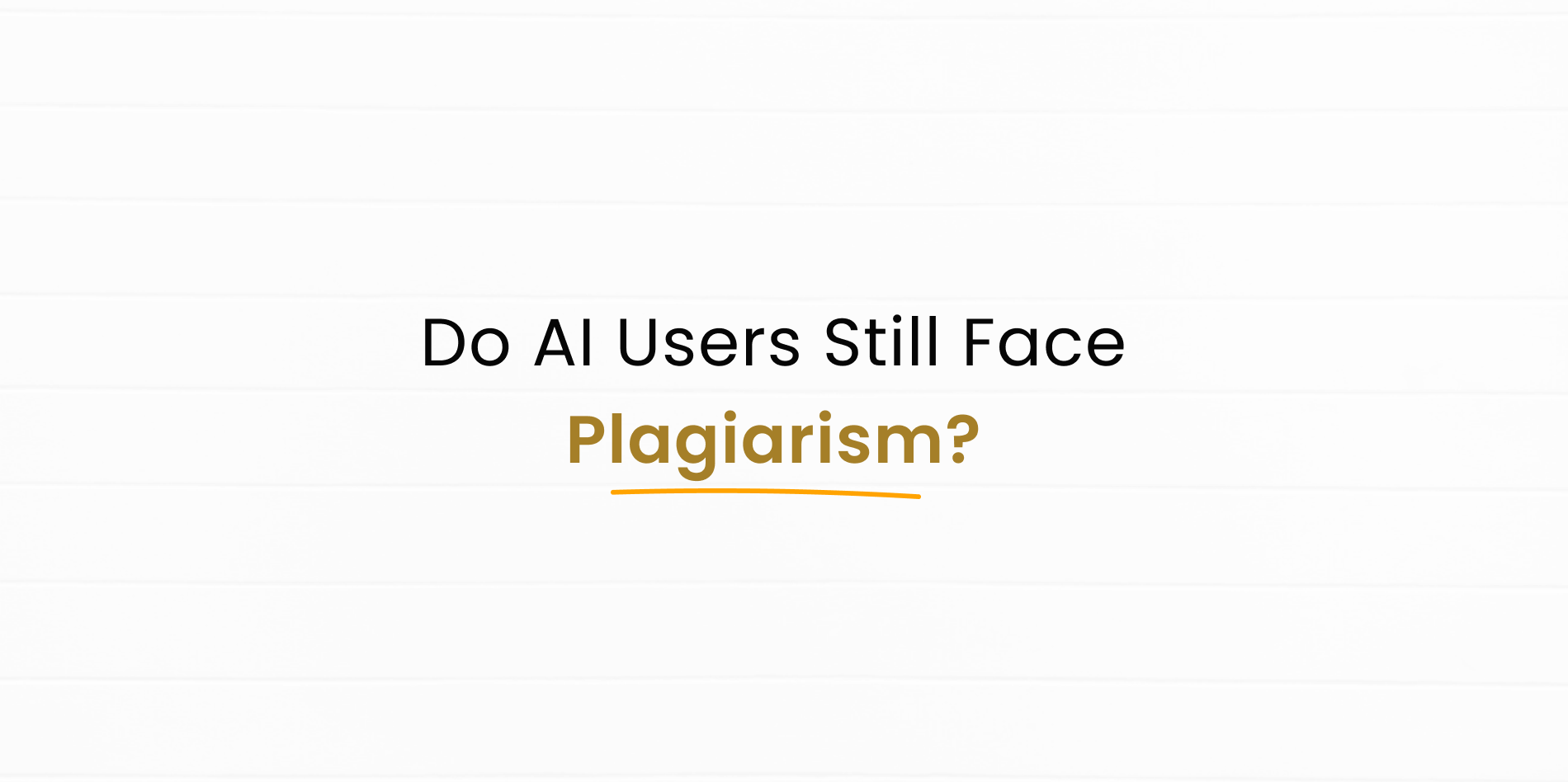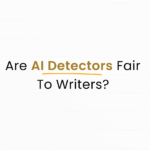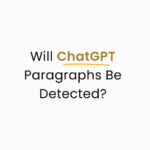Introduction
With the growing use of AI writing tools, a pressing question has emerged: do people who use AI check if you’re plagiarizing? The answer increasingly involves the use of an AI plagiarism checker. Students, educators, and professionals now rely on AI plagiarism detection to ensure their writing remains original. Modern plagiarism checks with AI help writers confirm that text, whether generated manually or with assistance, passes originality standards.
The widespread adoption of AI writing plagiarism detectors shows how much originality matters in today’s world of digital communication.
Why Plagiarism Checks Matter
Plagiarism undermines credibility, academic integrity, and professional trust. In universities, submitting plagiarized content can lead to disciplinary action. In publishing and business, it damages reputations and can result in legal consequences.
With AI writing assistants, plagiarism risks are more complex. Even if text is AI-generated, portions may unintentionally resemble existing material. This makes an AI plagiarism checker a critical safeguard for both writers and readers.
How AI Plagiarism Detection Works
An AI plagiarism checker scans writing against databases of books, academic journals, and online sources. Advanced AI plagiarism detection systems are able to catch:
- Word for word matches
- Rewritten but copied sentences
- Improperly cited material
- Sentence structure overlaps
For example, the KreativeSpace plagiarism checker helps users detect overlaps. Combined with the KreativeSpace citation generator, it ensures originality while maintaining correct referencing.
Do People Really Check AI Writing for Plagiarism?
Yes, people who use AI often check for plagiarism. Educators, editors, and employers expect originality, and writers themselves use plagiarism checks with AI to avoid penalties.
Just as a grammar checker improves readability, an AI writing plagiarism detector confirms authenticity. This dual process protects writers from accusations of dishonesty.
The Link Between AI Writing and Originality
AI generated text is not automatically unique. Since writing models are trained on massive amounts of data, portions of their output may overlap with existing sources. An originality check AI is essential to confirm uniqueness.
Writers often pair tools like the KreativeSpace summarizer or KreativeSpace paraphraser with a plagiarism scan for extra assurance that content is fresh.
AI Plagiarism Detection in Academia
Universities are strict about plagiarism. Many now require students to run assignments through an AI plagiarism checker. Professors also use AI plagiarism detection tools to confirm originality.
Even with strong grammar or style, work can fail if originality is compromised. This makes tools like the KreativeSpace grammar checker helpful companions alongside plagiarism detection.
Professional and Creative Writing
Outside academia, originality matters just as much. Journalists, bloggers, and marketing professionals use plagiarism checks with AI to ensure brand trust. A single instance of duplication can harm credibility.
Creative writers also rely on the AI writing plagiarism detector to confirm their work is free from overlaps. Tools like the KreativeSpace paraphraser restructure content, and a follow up originality scan guarantees uniqueness.

Outbound Reference on Plagiarism
Plagiarism undermines both education and professional trust. Findings published by Cambridge University Press emphasize the importance of plagiarism detection systems, including AI driven ones, for upholding originality standards.
Are AI Plagiarism Checkers 100% Accurate?
Like all technology, an AI plagiarism checker is not perfect. Challenges include:
- False positives – Original text flagged as plagiarized
- False negatives – Copied or AI reproduced content slipping through
- Citation confusion – Poorly formatted references marked as plagiarism
Despite limitations, AI plagiarism detection remains one of the most reliable safeguards. Writers who combine it with editing and proper citation reduce risks significantly.
Balancing AI Assistance with Human Creativity
AI writing tools are not dishonest by default. The real balance comes from combining creativity with verification. Writers who use AI responsibly rely on:
- Drafting with AI assistance
- Refining with the KreativeSpace AI Humanizer
- Verifying with the KreativeSpace plagiarism checker
This approach blends efficiency with originality.
The Decider
So, do people who use AI check if you’re plagiarizing? The answer is yes. In education, publishing, and business, plagiarism checks have become standard. An AI plagiarism checker helps confirm originality, while AI plagiarism detection systems protect both writers and institutions.
Although no AI writing plagiarism detector is 100% accurate, combining originality checks with editing tools ensures fairness and credibility. Platforms like KreativeSpace support this balance by offering summarizers, paraphrasers, grammar checkers, citation tools, and plagiarism detection.
Ultimately, originality remains the writer’s responsibility. With the right tools and checks, AI can support creativity without compromising authenticity.



